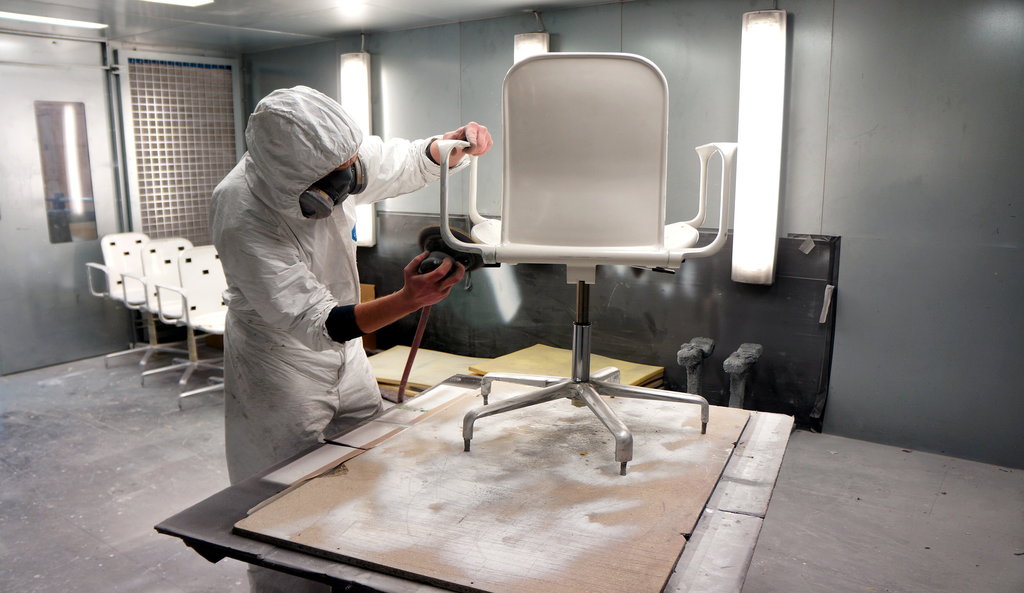Embracing the circular economy to achieve net zero
The effects of climate change are being felt across the world. The significant impact we are having on people and the planet has been taken to heart by large parts of the global population and is influencing everything from what we invest in and who we work for, to what products we buy and who we will buy them from.
We know we need to take drastic measures to combat the effects of climate change but many businesses are less clear on what that means in practice. We look at the role of the circular economy in helping to reduce carbon emissions and meet climate change targets.
The circular economy and net-zero
Responding to the Paris Agreement adopted in 2015, the Government committed the UK to a target of net-zero by 2050 – a 100% reduction in carbon emissions relative to 1990 levels. Essentially, with this, we have committed to keeping our emissions to levels that can be absorbed by the earth’s natural systems. Driven by an ever-widening array of stakeholders demanding action, and by their own moral compass, many businesses are setting their own ‘science-based’ targets. These net-zero commitments are in line with what climate science says is necessary to meet the Paris goal of keeping the increase in global average temperature to well below 2 degrees Celsius, and to pursue efforts for keeping the temperature rise below 1.5 degrees.

To date, much of the effort to tackle the climate crisis has focused on a transition to renewable energy and the implementation of energy efficiency measures. Whilst these are both crucial if we are to meet net-zero targets, they only address an estimated 55% of our global emissions. The remaining estimated 45% comes from the embodied carbon in the products we use every day so we also need to address this part of the picture. A preferred route, and practical approach to achieve this is by transforming the way we make and consume products through the transition to a circular economy.
The circular economy and the workplace
The circular economy is centered around designing out waste and pollution, keeping resources in use for as long as possible, and regenerating our natural systems. For the workplace, the message is to use less, share more, and make sure that what you do use has been sourced sustainably and has the potential to be reused, repurposed, or recycled, rather than simply becoming waste.
This is where Crown Workspace comes in. Our circular workplace solutions have a direct role to play in reducing the embodied carbon of our clients’ furniture, IT, and equipment by reducing the need to buy new, keeping items in use for longer, and ensuring they are recycled responsibly when they truly reach their end-of-life.
Even when the principles of the circular economy make perfect sense to you, it’s difficult to know where to start to apply them. To help our clients, we have published a guide to adopting circular economy principles in the workplace. We look at small steps you can take immediately to adopt circularity in your everyday operations and in the longer term, how to rethink your workplace to become a truly circular office.
View our services today to see how we can assist with your sustainable move
Related stories
Unlock the potential of your workspace with Crown Workspace UAE. Discover innovative solutions to optimize office space, boost productivity, and save costs. Let us tailor a dynamic environment that empowers your team and drives success.
The office as a physical (and digital) space is continuing to transform with changes in working practices, hybrid working, and an emphasis on sustainability. What are five ways to stay ahead of the curve, retaining employees and attracting new talent in the process?
Growing the business might mean adding people, but space planning can help you think critically about the space people need to work productively. Read our latest blog today!



















